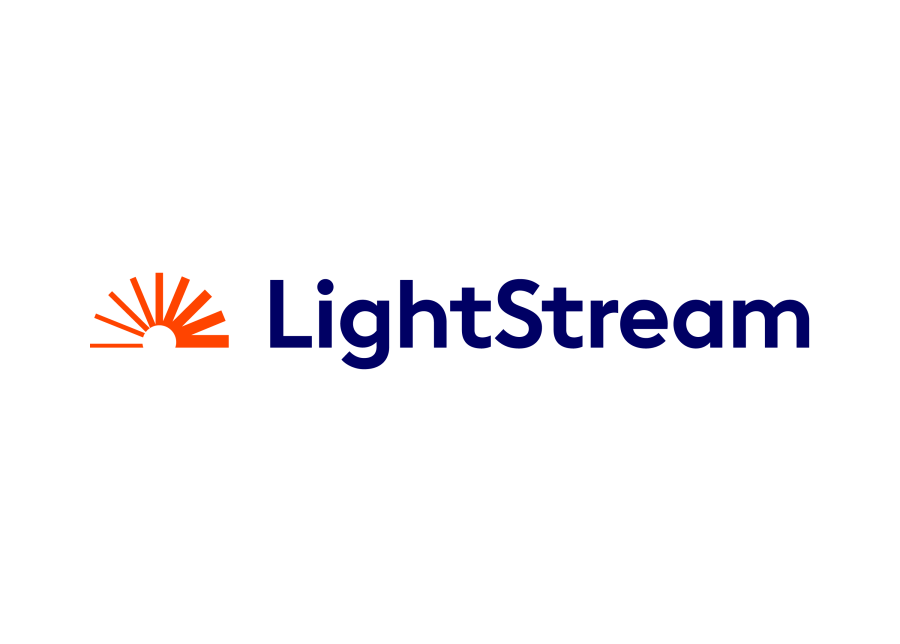Getting behind the wheel just got easier, as auto loan approvals are picking up speed.
July 2025 data from the Federal Reserve Bank of New York shows that rejection rates for auto loans have fallen notably in the past quarter, from 14% in February to 6.7% in June. As access to credit continues to improve, consumers looking to finance a car may find the process smoother this summer. In other words: the green light for new car financing is flashing bright for many.
Why Auto Loans Are Easier To Get
The data from the New York Fed shows a broad decline in loan application rejections, particularly in categories that had been tightened earlier in the rate hike cycle.
- Auto loan rejection rates fell to 6.7%, down from 14% in February.
- Mortgage refinance rejections also dropped to 14.6%, compared to a whopping 41.8% in February.
Rejection rates are dropping, and at the same time, consumers are feeling better about credit access. Fewer households say it’s hard to get credit now, and more expect things to improve over the next year. And while interest rates are still high by pre-pandemic standards, the Fed’s pause on further hikes seems to give lenders and borrowers a little breathing room.
Several factors are helping loosen the credit spigot.
- Stable employment: The labor market remains resilient, with unemployment hovering around 4%, according to the Bureau of Labor Statistics. Stable income supports stronger borrower profiles.
- Federal rate stabilization: Rates are still high, but the Fed’s decision to hold steady has added some predictability. That stability, analysts say, can help reduce the risk premium lenders build into approvals, making credit a bit easier to come by.
- Improving consumer balance sheets: After years of pandemic-era savings and stimulus, some households are still better positioned financially, even with rising costs.
With auto loan rejections declining, this could be a good moment to finally trade in that car that’s been breaking down weekly. Here are some of the best auto loan providers of 2025.
| COMPANY | FORBES ADVISOR RATING | MINIMUM RATE | LOAN AMOUNT | MINIMUM CREDIT SCORE | LEARN MORE |
|---|---|---|---|---|---|
Starting at 4.74% | $500 to $150,000 | PenFed does not disclose this information | Read Our Full Review | ||
Starting at 3.99% with CCU’s Car Buying Service OR as low as 4.49% APR* without | Starts at $7,500 (no max) | 620 | On Consumers Credit Union’s Website | ||
Starting at 6.74% (with autopay) | $2,500 to $500,000 | DCU does not disclose this information | Via MoneyLion’s Website | ||
Starting at 5.49% (with autopay) | $5,000 to $500,000 | USAA does not disclose this information | |||
Starting at 6.74% (with autopay) | $5,000 to $100,000 | 660 | Via MoneyLion’s Website | ||
Starting at 6.75% (with autopay) | $4,000 to $1 million | 640 | |||
Starting at 4.09%¹ | $250 to $500,000 | NFCU does not disclose this information | On Navy FCU’s Website |
However, it’s not a free-for-all. The same New York Fed survey shows that experienced rejections for credit card limit increases climbed from 30.7% last June to 37.8% this year, signaling growing lender caution around revolving credit.
Should You Jump In?
Even with approval odds improving, not everyone should jump at the chance to borrow. Rates for auto financing are still high, around 7% to 8%. Approval rates have improved, but monthly payments can still be a burden, especially with elevated new car prices.
For example, let’s say you’re eyeing a $20,000 car. With a 7% interest rate over five years, you’d pay roughly $400 monthly. If you’re eyeing a $35,000 car, that jumps close to $700 a month.
Even though getting approved these days is easier, those monthly payments add up quickly, especially when you factor in insurance, taxes, and repairs. Before you sign on the dotted line, ensure you’re comfortable with the full cost and that it won’t break your wallet.
Bottom Line
Getting credit approval is easier than earlier this year, especially for auto loans and mortgage refinancing. But that doesn’t mean it’s cheap. Interest rates are still relatively high, and consumers should approach new debt cautiously.
Improved access is a good sign for the broader economy, indicating confidence on both sides of the lending equation. Make sure any credit decision fits your financial picture, not just what’s trending in the data.













Leave a Reply